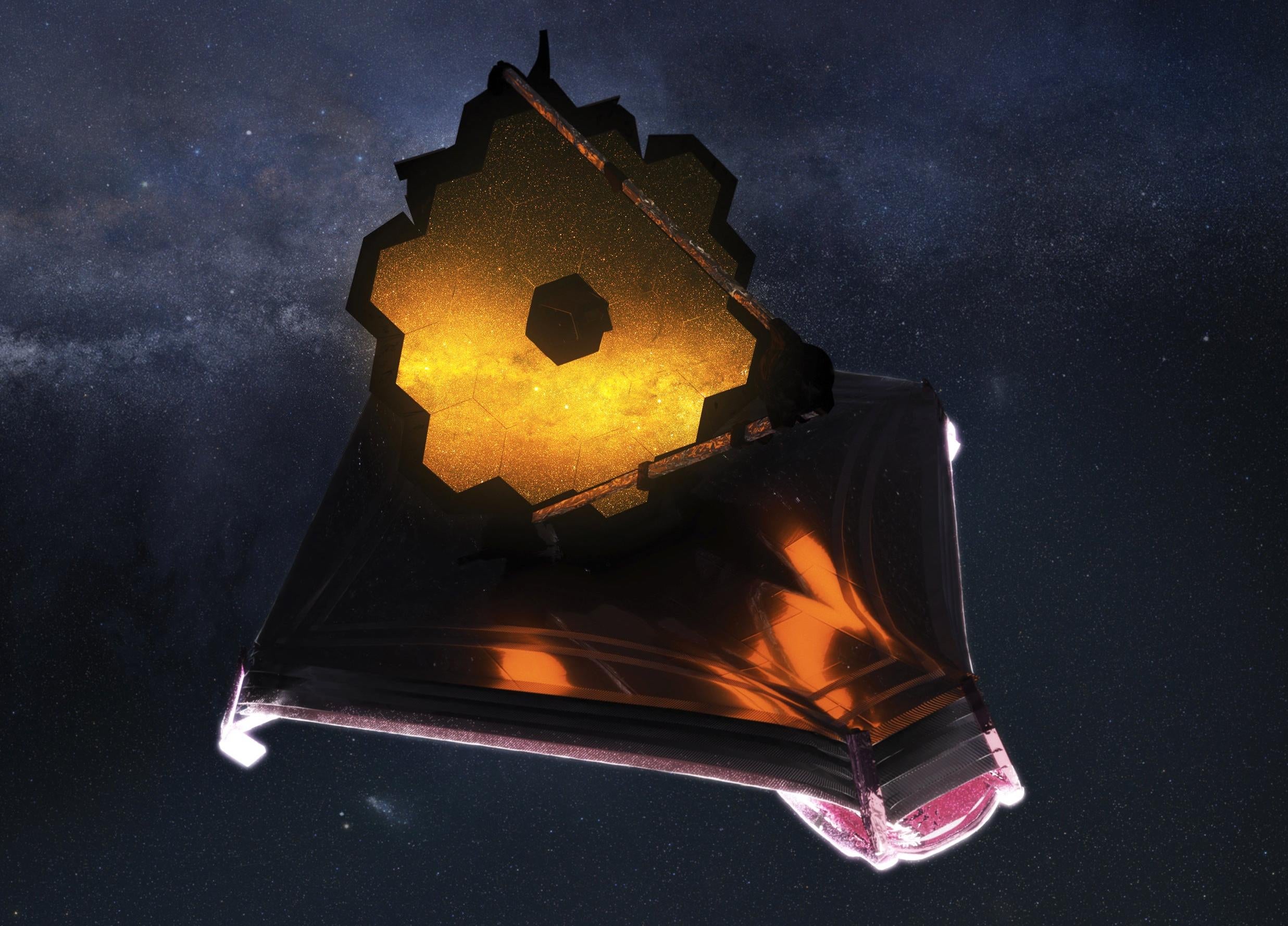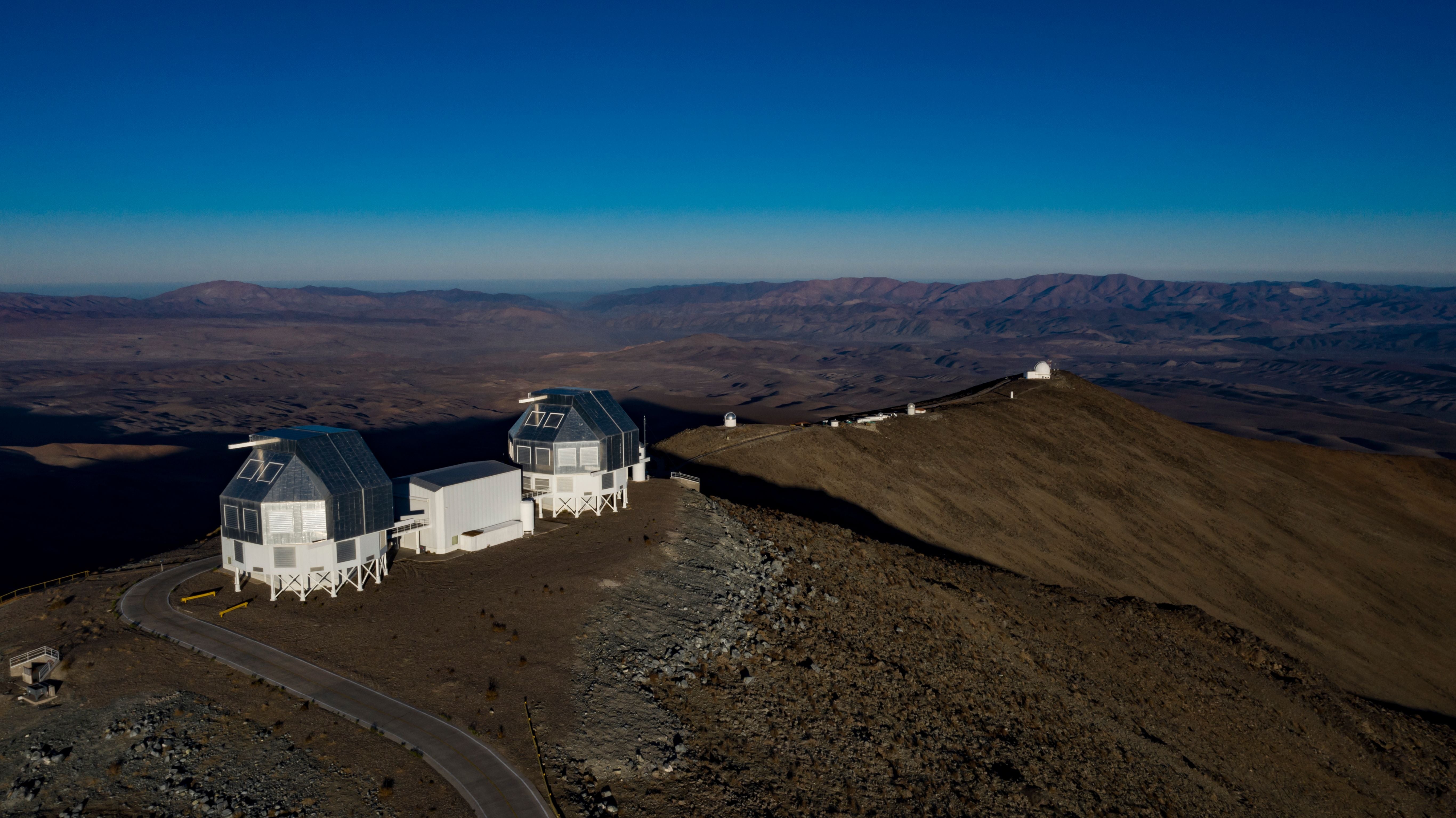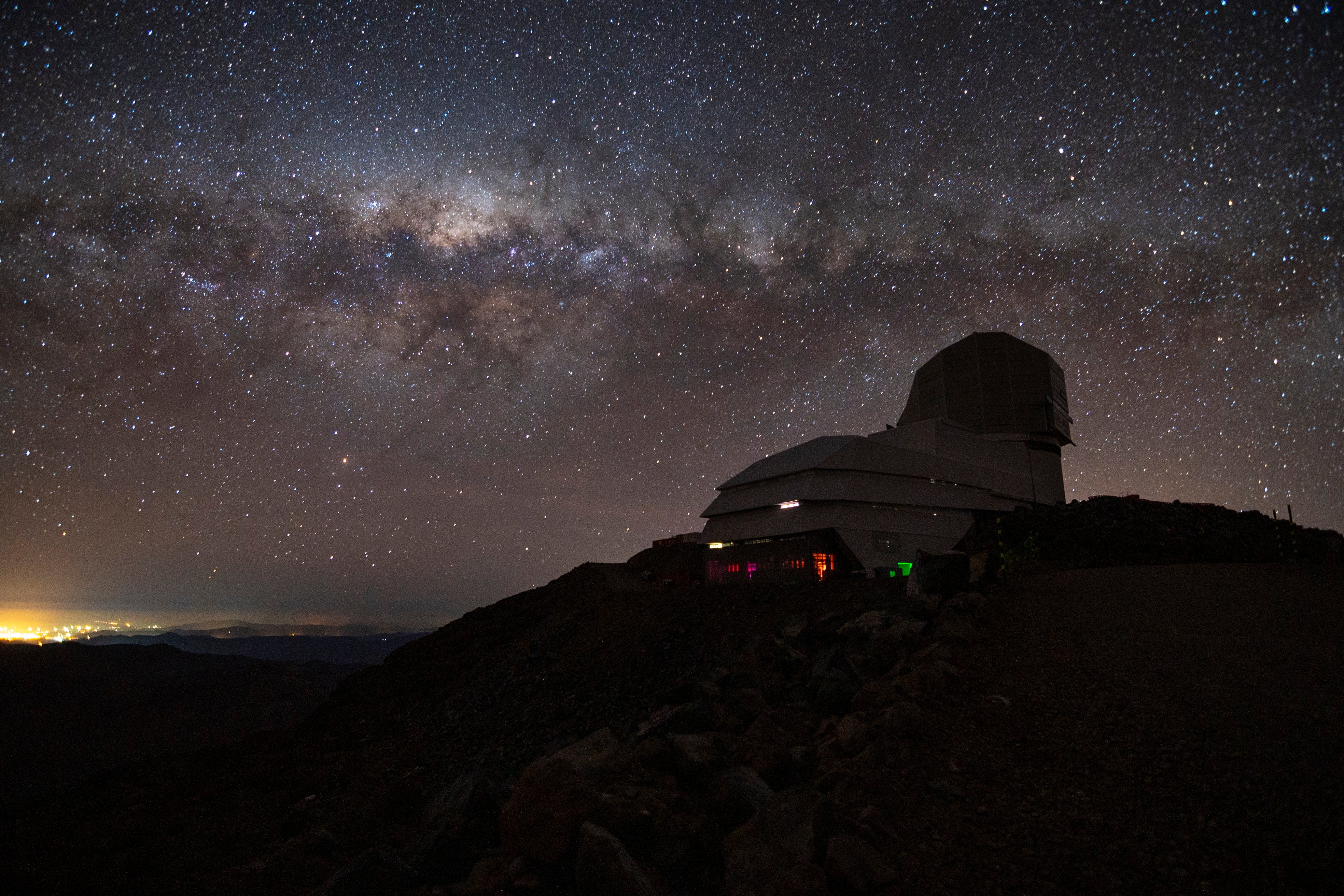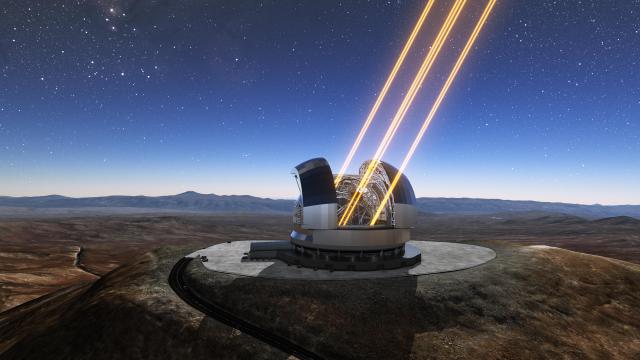While some look up to the sky and see humankind’s future, astronomers look up with hope to see further back in time than ever before. New telescopes under construction around the world (and one already in space) are setting the stage for a new age in astronomy, one that we hope will reveal how the universe and its contents began and evolved. Here are several of the most groundbreaking telescopes on the horizon.
Thirty Metre Telescope

The Thirty Metre Telescope is named for its ridiculously wide primary mirror, which, as you may have guessed, is nearly 30.48 m across. Images from the Thirty Metre Telescope will be more than 12 times sharper than images from Hubble, the veteran space telescope that has begun sputtering in recent years. The Thirty Metre Telescope will study some of the earliest light in the universe, as well as the physics of the early universe, which help astrophysicists better understand dark matter. Protests over the telescope’s location in Hawaii have delayed construction, but the telescope is still expected to be built there.
Extremely Large Telescope

The main mirror of the European Southern Observatory’s new telescope in Chile’s Atacama Desert will be even larger than that of the Thirty Metre Telescope, at 39 metres across. The telescope is set to become the largest visible and infrared light telescope in the world, succeeding the ESO’s Very Large Telescope, and will gather 100 million times more light than the human eye. The telescope’s scientific goals include the study of exoplanets (and the possibility that some could host life), black holes, galactic evolution, and the earliest days of the universe. The telescope’s first light is expected in 2027.
Webb Space Telescope

You’ve probably heard a bit about this spacecraft by now. The launch of the Webb telescope was one of the biggest science stories of 2021, and the telescope is now a million miles from Earth with a set of fully aligned mirrors. That means it will soon begin what it set out to do: look at some of the earliest light in the universe in the infrared and near-infrared wavelengths, to understand how galaxies emerged from the dark beginning of time and what planets beyond our solar system could host life. (If you haven’t noticed yet, two themes of modern astronomy are the most ancient past and humankind’s possible future.) Webb is expected to begin its science mission this summer, and the recent “perfect” alignment of its mirrors makes this telescope’s mission the most immediate of any on this list.
Giant Magellan Telescope

When finished, the Giant Magellan Telescope will peer at the cosmos from a perch in Chile’s Atacama Desert, a famously good location for astronomical observations. The 12-story-tall optical-infrared telescope will use seven primary mirrors (each over 8.23 m across) to focus light from deep space; according to the telescope’s website, it is four times more powerful than the Webb Telescope and 10 times more powerful than Hubble. It will make use of various instruments to study exoplanets and potential biosignatures in their atmospheres, as well as galactic evolution, gravitational waves, and objects that are easy to see in near-infrared, like planetary systems. According to Smithsonian, the telescope is expected to be operational by 2029.
LSST

The Legacy Survey of Space and Time (formerly Large Synoptic Survey Telescope) also makes use of the clear skies of Chile’s Atacama desert. This telescope features the largest digital camera ever built, a 3.2-billion-pixel behemoth that will collect 15 terabytes of data on the brightness, location, shapes, and colours of objects in the night sky every night. The idea is to image a huge swath of the sky with such frequency that astronomers will effectively have a stop-motion movie of the observable universe, in unprecedented resolution. While other telescopes focus on specific objects in the sky, LSST will capture it all — giving a spatial context to the work of all other telescopes.
